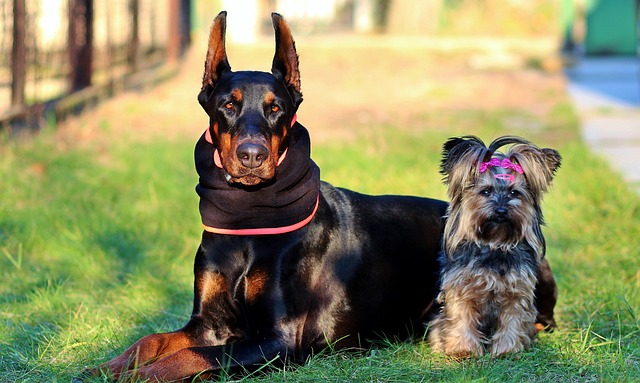
How do i train my dog to be obedient?
Watching your dog dart across the park ignoring your calls isn’t just frustrating—it can put them at risk near busy streets or public spaces.
Bringing home a new puppy is exciting, but figuring out potty training can feel overwhelming at first. Puppy pads are a popular solution, especially for owners living in apartments or areas with harsh weather—they give your little one a designated spot to go when outdoor trips aren’t easy. The key is consistency; puppies learn best when routines are predictable, so starting early helps build good habits fast.
First, pick a fixed spot for the puppy pad—somewhere out of high-traffic areas but easy for your puppy to access. After meals, naps, or playtime, gently lead them to the pad. If they sniff around or circle, stay with them and encourage them with soft praise. When they use the pad, immediately reward them with a tiny treat and excited words—positive reinforcement like this tells them they got it right, which sticks better than scolding.
Accidents will happen, and that’s okay—never yell or punish your puppy for mistakes. Instead, clean the area with an enzyme-based cleaner to remove all odor; leftover smells can make them go there again. If you catch them mid-accident, calmly pick them up and move them to the pad. Remember, puppies have small bladders, so taking them to the pad every 1-2 hours, especially for younger ones, cuts down on mishaps.
 In places like Seattle or Boston, local laws often require pet owners to clean up after their dogs—even indoors, keeping puppy pads fresh and disposing of them properly matters. Some cities also have rules about pet waste disposal in trash bins, so check your area’s guidelines to stay compliant. Keeping a clean pad area isn’t just about training; it’s part of being a responsible neighbor and following local pet regulations.
In places like Seattle or Boston, local laws often require pet owners to clean up after their dogs—even indoors, keeping puppy pads fresh and disposing of them properly matters. Some cities also have rules about pet waste disposal in trash bins, so check your area’s guidelines to stay compliant. Keeping a clean pad area isn’t just about training; it’s part of being a responsible neighbor and following local pet regulations.
Puppies thrive on routine, so try to keep feeding and pad visits on a schedule. For example, after their morning meal, take them to the pad, then again after their midday walk. If you’re gone during the day, consider a pad holder to keep it in place, and maybe ask a friend or pet sitter to check in—too long without a pad break can lead to accidents and frustration for both of you.
Training your puppy to use a puppy pad takes patience, but seeing them catch on makes it worth it. Before you know it, they’ll head to their pad on their own, and you’ll both feel more confident. Combine consistent training with respect for local pet laws, and you’ll build a happy, healthy routine that works for your puppy and your home. It’s not just about potty training—it’s about starting a lifetime of trust with your new furry friend.

Watching your dog dart across the park ignoring your calls isn’t just frustrating—it can put them at risk near busy streets or public spaces.

New puppy owners often find themselves rushing to clean up accidents before they set in, and that’s where puppy pad training becomes a game-changer.

If you've noticed your dog's waistline disappearing and your veterinarian has mentioned those few extra pounds, your first instinct might be to simply reduce the amount of food in their bowl.

Training a dog to use a designated spot indoors isn’t as daunting as many new owners fear, but it does take consistency and an understanding of your pet’s needs.

That moment of dread on a walk is all too familiar for many new dog owners. You see another dog approaching down the sidewalk of your neighborhood

If the sight of another dog on your neighborhood walk makes your heart sink as your own dog erupts into a frenzy of barking and lunging, you're not alone.